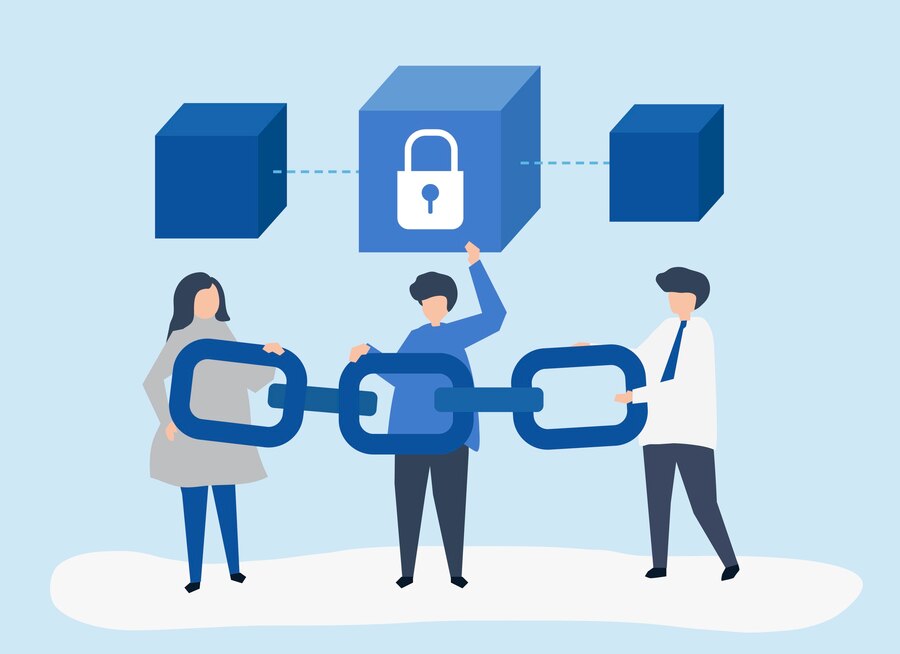What is blockchain?
Blockchain is a decentralized, distributed ledger technology that records transactions across multiple computers in a way that makes them tamper-resistant and transparent. Each block in the chain contains a cryptographic hash of the previous block, along with transaction data, creating a secure and immutable record.
Why is blockchain development important?
Blockchain development offers unprecedented transparency, security, and efficiency in various sectors. It eliminates the need for intermediaries, reduces costs, and enhances trust among participants.
Understanding the Key Concepts
Decentralization
Decentralization is a core principle of blockchain technology, where data is stored across a network of computers rather than a central authority. This ensures that no single entity has control over the network, enhancing security and resilience.
Consensus Mechanisms
Consensus mechanisms are protocols that ensure all nodes in a blockchain network agree on the validity of transactions. Popular consensus mechanisms include Proof of Work (PoW), Proof of Stake (PoS), and Delegated Proof of Stake (DPoS).
Cryptography
Cryptography plays a crucial role in securing blockchain transactions by encrypting data and creating digital signatures. It ensures the integrity and confidentiality of data exchanged on the blockchain network.
Smart Contracts
Smart contracts are self-executing contracts with the terms of the agreement directly written into code. They automatically enforce and execute the terms of the contract when predefined conditions are met, eliminating the need for intermediaries.
Role of Blockchain in Various Industries
Blockchain technology has transformative potential across various industries:
- Finance: Facilitating faster and cheaper cross-border transactions, reducing fraud, and improving transparency.
- Supply Chain Management: Enhancing traceability, authenticity verification, and supply chain optimization.
- Healthcare: Securing patient data, streamlining medical record management, and ensuring transparency in drug supply chains.
- Real Estate: Simplifying property transactions, reducing fraud, and enabling fractional ownership.
Steps in Blockchain Development
Ideation and Planning
The first step in blockchain development involves identifying the problem to be solved and outlining the project requirements. This stage includes defining use cases, target users, and project goals.
Choosing the Right Blockchain Platform
There are several blockchain platforms available, each with its own features and capabilities. Developers need to select the platform that best aligns with the project requirements, considering factors such as scalability, security, and community support.
Development of Smart Contracts
Once the platform is selected, developers write and deploy smart contracts that define the rules and logic of the application. Smart contracts are typically written in programming languages such as Solidity for Ethereum or Go for Hyperledger Fabric.
Testing and Deployment
After smart contracts are developed, they undergo rigorous testing to ensure they function as intended and are free from vulnerabilities. Once testing is complete, the application is deployed to the blockchain network.
Challenges in Blockchain Development
Scalability
Scalability remains a significant challenge in blockchain development, particularly for public blockchains like Bitcoin and Ethereum. As the number of users and transactions grows, maintaining network performance becomes increasingly difficult.
Security
Security is paramount in blockchain development, as any vulnerabilities or exploits can lead to significant financial losses. Developers must implement robust security measures to protect against cyber attacks and ensure the integrity of the network.
Interoperability
Interoperability refers to the ability of different blockchain networks to communicate and interact with each other seamlessly. Achieving interoperability is essential for the widespread adoption of blockchain technology across industries.
Future Trends in Blockchain Development
Integration with IoT and AI
Blockchain technology is expected to integrate with Internet of Things (IoT) devices and Artificial Intelligence (AI) systems, enabling secure and decentralized data exchange and automation of processes.
Enhanced Privacy Features
Privacy-enhancing technologies such as zero-knowledge proofs and secure multi-party computation are expected to become more prevalent, ensuring confidentiality while maintaining transparency on the blockchain.
Rise of Decentralized Finance (DeFi)
Decentralized Finance (DeFi) applications are poised to revolutionize traditional financial services by providing decentralized lending, borrowing, and trading solutions, accessible to anyone with an internet connection.
Conclusion
Blockchain development holds immense potential to revolutionize various industries by providing transparent, secure, and efficient solutions. Understanding the key concepts, challenges, and future trends in blockchain development is essential for businesses and developers looking to leverage this transformative technology.





Comments